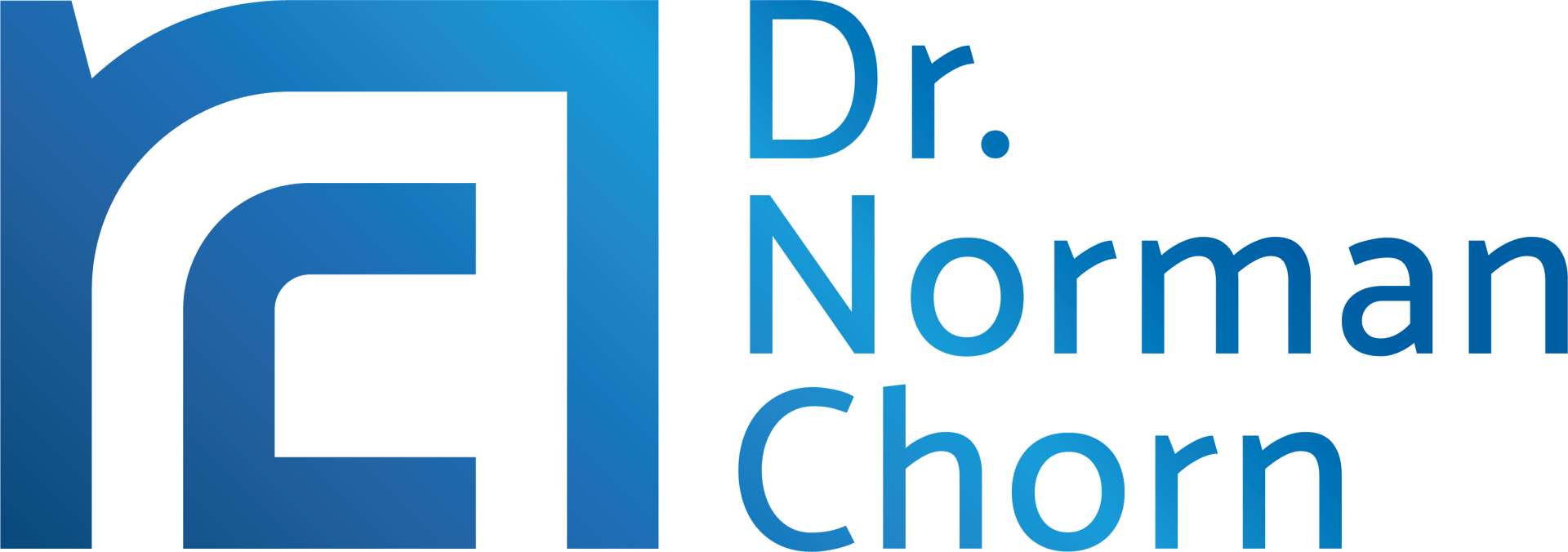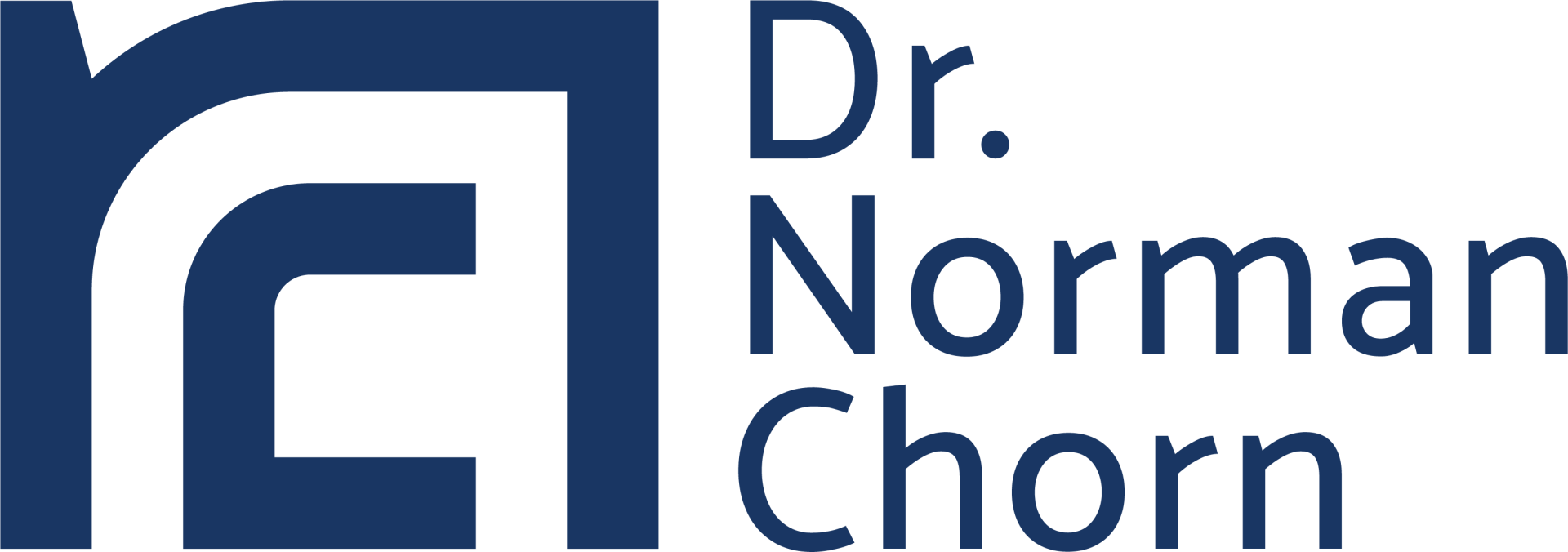Something different is happening
You’d have to be asleep not to notice that conditions have changed - and times have become far more volatile and uncertain. Some observers have even proclaimed that it is now the “end of business as usual”. These are clearly challenging times for organisations and leaders alike. We are being asked to consider significant changes to the way we design, build and lead our organisations - whether they are large corporates, small startups or not-for-profits.
This has placed enormous stress on managers and leaders at all levels in the organisation. As I work with my clients, I am witnessing signs of anxiety and even depression as they adjust to the new conditions. Many of the tools and practices they mastered on their way “up” just don’t seem to work any longer. Some try harder in the hope that things will turn around, while others just seem resigned to the fact that they may be failing in this these conditions of “new normal”.
Why are we struggling?
My observation is that many organisations are dominated by the so-called “masculine” values (Carl Jung’s definition) that emphasise competition, independence and discipline. Contrast this with the “feminine” values as described by Carl Jung.
For example:A review of the challenges that these organisations face reveals that they are likely to require a better balance of the so-called masculine and feminine values.
- the new competitive landscape places an ever greater premium on the ability of organisations to add superior value to their customers. Adding value to our customers becomes more important than focusing on what your competitors are trying to do and trying to “beat” them. As a metaphor for strategy, “love” seems more appropriate than “war” - see my previous blog “Strategy as Love”. And the feminine values seem more accepting of this way of thinking.
- in a fast changing environment, competitive advantage is generated by the speed of learning and the ability to integrate the various organisational processes. Building bridges and interdependence across the organisation is an important leadership capability - again favouring a more feminine approach.
I’m not suggesting a wholesale shift towards feminine values in our organisations. This would create another set of weaknesses similar to those created by the dominant masculine model. But I do believe that a better balance between the two is required. We need to recognise the strengths and limitations of each, and aim for a more integrated approach.
Some suggestions for moving forward
Many writers have suggested approaches that would produce more integrated and realistic leadership to organisations in the “new normal”, but I have added some from my own research and observations:
- Share your visions and principles generously: Leaders should, wherever practical, share what’s on their mind and their overall intentions. This may seem like exposing yourself - particularly if things do not work out! But how else can you expect your colleagues to act in the best interests of the organisation if they do not understand your vision?
- Engage your people: This means that you have to do things with your people, and get involved in their work. We are not suggesting that you micro-manage them, but simply that you show an active interest in what they are doing and make yourself available to give them ongoing guidance and encouragement.
- Argue strongly with your colleagues: At first, leaders may shy away from the notion of arguing with their colleagues. After all, we don’t want to encourage conflict unnecessarily! However, arguments are an opportunity for leaders to express their opinions, to stand up for what they believe in and to achieve real consensus. The issue is to stimulate conflict and disagreement so that people are compelled to put their assumptions on the table.
- Know when to be a follower: The important counterpoint to leadership is followership. Without followers, there can be no leadership. Knowing when to follow is an important attribute of a successful leader. However, one reason why some leaders are reluctant to follow is the notion that they are somehow expected to know everything, or always be right. Clearly, this is not a realistic approach in an organisation dealing with complexity and high rates of change.
Both the masculine and feminine sides of the coin are valid. I am not suggesting that traditional masculine value be swept aside. They have contributed much to the success of our organisations until now. But these values have to be complemented by a feminine approach - one that enables us to deal with a far wider range of uncertainty, complexity and change.
Subscribe to our regular articles, insights and thought leadership




